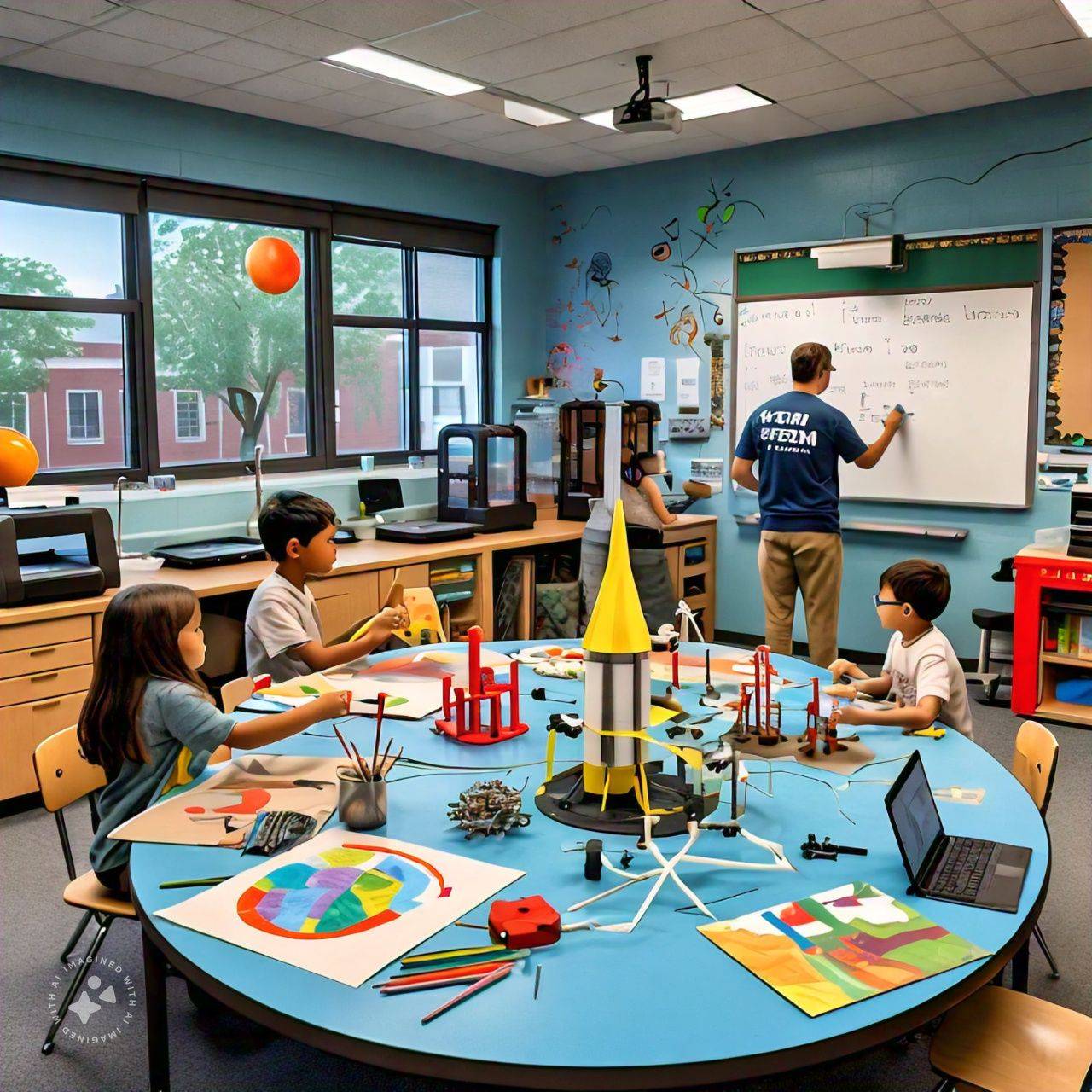Introduction
Adding arts to the current Science, Technology, Engineering, and Mathematics
curriculum has led to STEM- the advanced education model that nurtures
creativity together with practicality. This has made STEAM education to gain
ground since industries are attributing a lot of value to innovation
problem-solving. This post deals with STEM to STEAM-its meaning, reasons for
the change and the implications in the future learning.
1. Understanding the Shift from STEM to STEAM
- What is STEM? STEM education involving science technology, engineering, and math focuses on the development of students to fit a particular career.
- Adding the “A†for Arts: STEAM incorporates art in its curriculum emphasizing on creative and critical thinking abilities as part of students curriculum.
- Benefits of STEAM: STEAM adds creativity, passion, empathy and communication skills to those being given by conventional courses; something that is highly desirable in contemporary workplaces.
2. Why STEAM Matters in Modern Education
- Fostering Creativity and Innovation: Creative pursuits improve students’ problem solving capacity to approach a problem with more than one solution.
- Developing Critical Soft Skills: The arts foster cooperation, understanding, and, most importantly, interaction—all areas in which cooperation is needed in the workplace or, in general, in adulthood.
- Preparing for Diverse Career Paths: In STEAM Education, all these talents are embraced and opportunities in the areas of design, media, and entrepreneurship among others are created apart from the STEM careers.
3. How STEAM Education is Implemented in Schools
- Project-Based Learning: In many learning treatments using STEAM classes, actual projects include the development of products, structures or systems through the use of manual skills that consequently undergo testing to come up with an ideal solution to a problem much as it also facilitates the involvement of technology and creativity.
- Cross-Disciplinary Collaboration: When students take related subjects together (for instance coding with music or engineering with art), they start to realize connections among them.
- Art Integration in Science and Tech Curriculums: They are integrated with other subjects such as biology for instance art bio-inspired design and robotics for instance art aesthetic product design.
4. The Role of Technology in STEAM Education
- Digital Art and Design Software: With the help of such tools as Adobe Creative Cloud and digital animation, students can draw art using the help of technology tying technology to creativity.
- 3D Printing and Modeling: These technologies allow the students to realize their designs, to combine the practical and the aesthetics.
- Coding as a Creative Tool: Coding is rapidly becoming not only a method of developing games, interactive installations, or other digital materials, but also an art form.
5. The Future Impact of STEAM on Career Development
- Emerging Career Fields: STEAM focuses on industries such as user experience design, media, biotechnology and engineering, and education technology.
- Innovation in Problem-Solving: Graduates with STEAM education particularly do well in positions that demand creative solution making and broad subject knowledge as seen in careers in product development and sustainability.
- Lifelong Learning and Adaptability: STEAM encourages students adopt a pro-active attitude to their future careers and be ready for change that is inherent in today’s competitive job market as well as encourage learners to embrace the culture of continuous learning.
6. Beyond the Classroom: STEAM in Community Programs and Adult Learning
- STEAM in After-School Programs: Several communities have adopted after school activities that enables students work on STEAM interests outside the classroom.
- Professional Development for Educators: It is making a reality for teachers to adopt and build the programs on the principles of STEAM hence expanding its use across the levels.
- STEAM for Career Shifts and Skill Development: STEAM programs are valuable for adult learners to gain new knowledge and skills or change careers, or for finding a new hobby in the areas of technology and art.
Conclusion
The integration of the arts into STEM is a new significant step in education
which praises the integration of arts into the traditionally and rigidly
defined STEM curriculum and acknowledges the importance of creativity,
creativity boosters, and activities that inspire creative thinking. Looking to
the future, it will be STEAM education and indeed STEAM graduates will equip
the current and future learners and working professionals effectively with the
skills they will require for success. A shift to STEAM is not about just
incorporating the ‘A’ – the art; it is about cultivating society’s future
innovators, inventors, thinkers.


